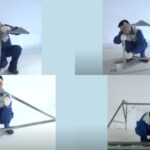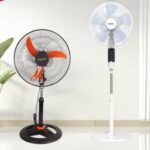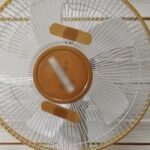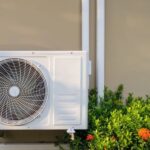Do Outdoor-Placed Condenser Units Need to Be Covered?
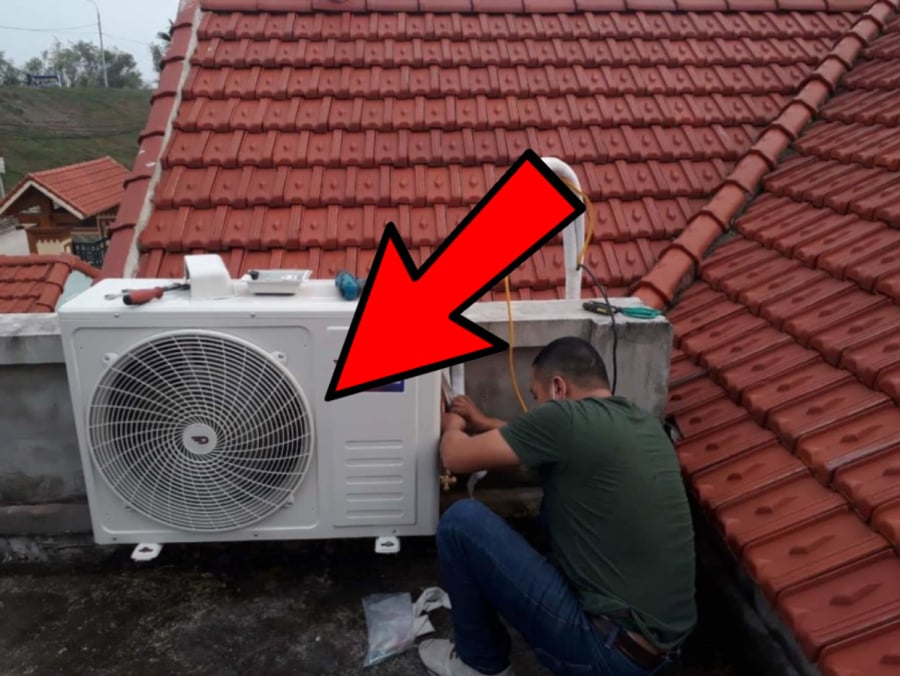
Leaving the condenser unit uncovered and exposed outdoors can lead to various issues and impact the air conditioner’s longevity. Condenser units dissipate heat from the indoors to the outside. When left uncovered, they are susceptible to leaves, debris, and insects, which can cause malfunctions.
While manufacturers have improved the quality and performance of condenser units, making them more resilient to external conditions, the increasingly extreme weather, coupled with a lack of regular cleaning, maintenance, and timely covering, can lead to premature breakdowns, even while the indoor unit continues to function normally.
So, do outdoor condenser units need to be covered? The answer is yes. Condenser units should be installed in a dry and ventilated area, shielded from direct sunlight. Additionally, consider constructing a dedicated canopy to protect against environmental factors.
Never enclose the condenser unit tightly; instead, provide a canopy to shield it from direct sun and rain. Since the condenser unit’s function is to dissipate heat, covering it too tightly can damage its components. You can either build a canopy for the condenser unit yourself or engage a reputable contractor to design and install one for you.
Common Mistakes to Avoid When Installing a Condenser Unit
The placement of the condenser unit can also significantly impact a household’s energy consumption, so it’s crucial to pay attention to its location.
Installing the Condenser Unit Indoors
Some people, out of caution or a desire to optimize performance, choose to install the condenser unit indoors. However, this is a mistake, as it can negatively affect the indoor unit. The condenser unit’s function is to expel heat from the room to the outdoors. By installing it indoors, the room’s temperature rises, causing the indoor unit to work continuously to regulate the temperature, resulting in increased energy costs and reduced lifespan for the indoor unit.
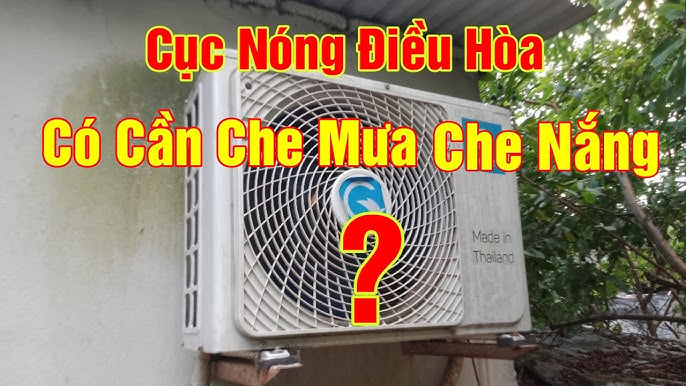
Outdoor Installation
Most users opt to place the condenser unit on their rooftop, outside wall, or balcony, assuming that the unit’s exterior casing provides sufficient protection for its internal components. However, prolonged exposure to the elements can severely impact those parts. Therefore, it is essential to implement reasonable protective measures to ensure safe outdoor installation and prolong the unit’s lifespan.
Placing the Condenser Unit Higher Than the Indoor Unit
Installing the condenser unit higher than the indoor unit can cause the refrigerant gas to evaporate entirely, leading to oil flow issues and the potential for oil to flow back into the evaporator, affecting the air conditioner’s performance. Therefore, it is not recommended to place the condenser unit higher than the indoor unit. If you must do so, install an oil trap by bending the oil return pipe into a U-shape to prevent oil from flowing into the evaporator.
Directing Wind to Blow onto the Condenser Unit’s Fan
When installing the condenser unit, choose a well-ventilated area with good airflow. Avoid confined spaces that may restrict the unit’s ability to discharge heat. Also, avoid areas where the wind blows directly onto the fan, as this can create a substantial force that increases power consumption. Instead, opt for areas where the wind blows across or at a right angle to the fan, facilitating better heat dissipation and reducing energy usage.


























